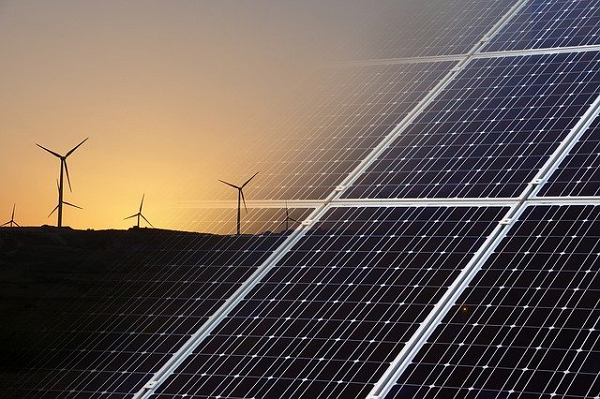


A smart grid is an electricity supply network integrated with a two-way communication network enabling regulation of production and consumption of electrical energy in real time.
I hope that further progress in the field of smart grid technology and its build-out will enable integration of clean energy sources into the grid on a massive scale.
Smart grid is essentially a concept for how an electrical grid should function in the future. A smart grid should transmit electrical energy as well as enable sophisticated communication between power generation sources and the households, businesses, and other electricity users (and even their individual appliances and other devices). The smart grid should ideally be a fully automated communication system anticipating electricity consumption on the one hand and power generation on the other, thus enabling electricity to be priced according to the situation on the grid. Practically, it could mean that a washing machine is set to start its cycle or an electrical vehicle is set to begin charging as soon as the electricity price hits its low, which means that there is an excess of energy that needs to be used up somewhere. This system should also enable integration of clean but variable energy sources such as wind or solar power plants and such small, decentralized sources as solar panels on the roof of a family house.
Chytrá síť je elektrická přenosová síť integrovaná s obousměrnou komunikační sítí, která umožňuje regulaci výroby a spotřeby elektrické energie v reálním čase.
Doufám, že další pokrok v oblasti technologie a výstavby inteligentních sítí umožní integraci čistých zdrojů energie do rozvodné sítě v masovém měřítku.
Smart grid je vlastně konceptem toho, jak by elektrická sít měla fungovat v budoucnu. Inteligentní síť by měla umožnovat přenos elektrické energie a zároveň umožňovat komunikaci mezi výrobními zdroji elektrické energie a domácnostmi, podniky a jinými spotřebiteli elektrické energie (a dokonce i s jednotlivými spotřebiči a zařízeními). Ideálně by inteligentní síť měla být plně automatickým komunikačním systémem předvídajícím spotřebu na jedné straně a výrobu elektrické energie na straně druhé, což by umožnilo nastavit cenu elektrické energie podle situace v síti. Prakticky by to mohlo znamenat, že pračka je nastavená, aby začala prát nebo elektrické auto je nastavené tak, aby se začalo nabíjet ve chvíli, kdy je cena elektrické energie nejnižší, což znamená, že v síti je přebytek elektrické energie, který je potřeba někde využít. Takový systém by také mohl umožnit integraci čistých zdrojů s variabilním výkonem, jako jsou solární a větrné elektrárny a také malých decentralizovaných zdrojů, například solárních panelů na střeše rodinného domu.
English Editorial Services’ mission is to assist international businesses and organizations of all sizes to communicate clearly, correctly, and persuasively with their business partners and target audiences.
Simply subscribe to receive our Business Term of the Day at no charge to your inbox each business day, with explanation in English and Czech.



English Editorial Services’ mission is to assist international businesses and organizations of all sizes to communicate clearly, correctly, and persuasively with their business partners and target audiences.
Simply subscribe to receive our Business Term of the Day at no charge to your inbox each business day, with explanation in English and Czech.